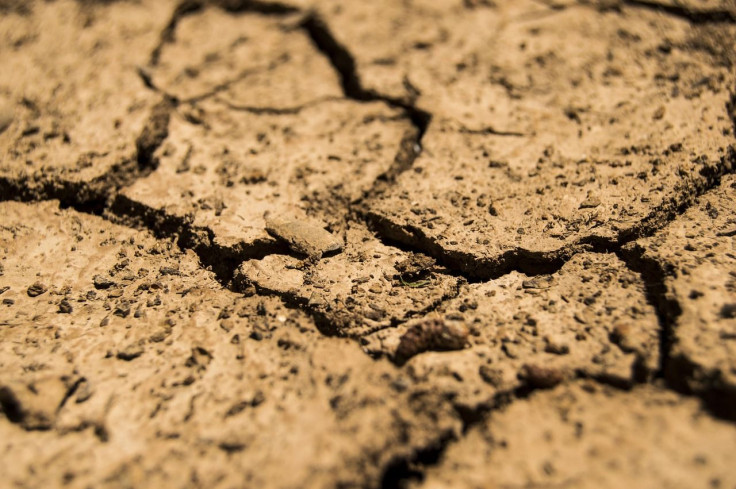Heat Waves On The Rise; 50% More Expected By 2050

Unrelenting climate change means it will get hotter as years go by and, more worryingly, the average size of heat waves might increase by 50 percent by the 2050s. A much larger heat wave size will also place much greater strain on an electrical power grid people will rely on more to keep cool -- and stay alive.
To reach these disconcerting conclusions, American scientists funded in part by the NOAA Climate Program Office's Climate Observations and Monitoring Program examined the spatial size of heat waves, a commonly overlooked aspect when assessing the impact of the warming climate, despite its important implications.
Their study found that by mid-century, the average size of heat waves could increase by 50 percent in a middle greenhouse emissions scenario. On the other hand, under high greenhouse gas concentrations, the average size could increase by 80 percent. Worse, the more extreme heat waves could more than double in size.
"As the physical size of these affected regions increases, more people will be exposed to heat stress," Brad Lyon, Associate Research Professor at the University of Maine and lead author of the new study published in Environmental Research Letters, said.
"Larger heat waves would also increase electrical loads and peak energy demand on the grid as more people and businesses turn on air conditioning in response."
The World Meteorological Organization (WMO) defines a heat wave as five or more consecutive days of prolonged heat where the daily maximum temperature is higher than the average maximum temperature by 5°C (9°F) or more.
Previous research generally calculated heat wave statistics at the local level. In this study, however, the authors followed heat waves and quantified their attributes as connected regions that migrate and change in size and strength over their lifetime.
Lyon said it's sort of like watching what groups of people are doing as they move around together in a park, instead of just counting how many people from all those groups entered the park.
The authors said the added stress from a continuous heat wave in a region is quite different from scattered conditions that add up to an area of the same size.
"If you have a large contiguous heat wave over a highly populated area, it would be harder for that area to meet peak electric demand than it would be for several areas with smaller heat waves that, when combined, are the same size," according to Tony Barnston, Chief Forecaster at Columbia University's International Research Institute for Climate and Society and paper co-author.
Looking at heat waves from this perspective allowed the authors to assess how a heat wave's size can impact communities, in addition to factors like its intensity and frequency.
The authors believe their new approach might help utilities stress test in their energy systems' capacity to meet demand during spatially extensive heat waves in the future. This information could then inform management decisions and planning for the future.
"Heat wave size is another dimension of extreme heat that people don't necessarily think of," said Lyon. "It's a different vantage point from which to view them and assess their impacts."




























